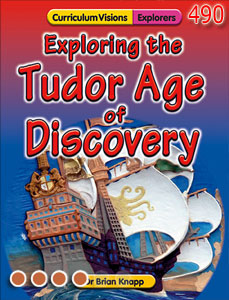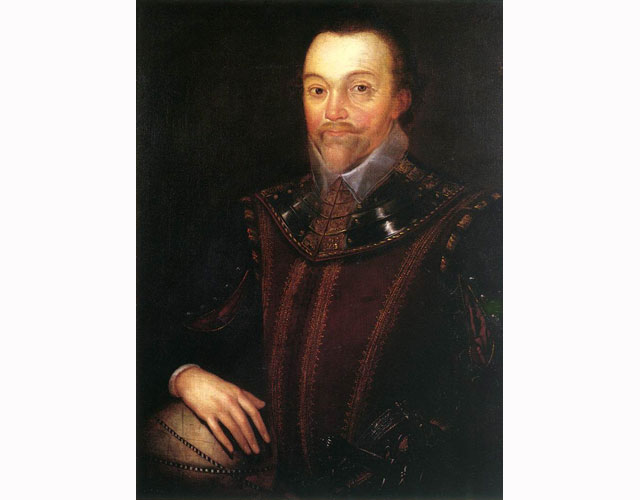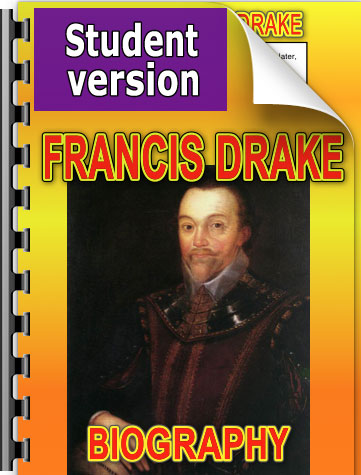When King Edward died, his sister Mary became queen. When Queen Mary died Elizabeth became queen. By now, the extra wealth Spain was getting from her colonies allowed her to pay for wars against other European countries, including England.
England wanted a share of this wealth.
Queen Elizabeth gave permission for some of England’s best sailors to become privateers. They would go off, funded by London or Bristol merchants, and take treasure from the Spanish and Portuguese – if they could. The places they attacked the Spanish ships were the areas close to the Caribbean and the Spanish ports. This was called the Spanish Main.
Spain started a system of convoys to protect itself from the privateers and there were few successful attacks upon these convoys. More treasure reached Spain in the period 1585–1603 than at any other time in history. Even so, privateers were of great benefit to Elizabeth because they brought much needed gold and silver to England.
The most famous British privateer was Sir Francis Drake
Sir Francis Drake spent much of his early life as a privateer, but he was an adventurous man, always given to take up a challenge. In 1577, Drake was sent by Queen Elizabeth to claim land along the Pacific coast of North America and so prevent the Spanish from getting it. He set out aboard his flagship, the Pelican, together with the Elizabeth, the Marygold, the Swan and the Benedict (later renamed the Christopher). In all there were over 160 men.
South America
After crossing the Atlantic, Drake made contact with the Native Americans. At this point he found two ships unseaworthy and he scrapped them. He renamed his flagship the Golden Hind in honour of the hind on the coat of arms of Sir Christopher Hatton.
The three ships sailed through the Magellan Strait, but were then caught in great storms and blown off-course. The smallest ship (the Marygold) sank and one other (the Elizabeth) turned back to England, so it was only the Golden Hind that eventually sailed north along the Pacific coast of South America, attacking Spanish ports and capturing some Spanish ships and their treasure.
Nova Albion
On 17 June, 1579, Drake landed somewhere north of Spain’s northernmost settlement, probably in California. He claimed the land for the English Crown and called it Nova Albion, meaning “New Britain”. It set England’s claim to the entire coast.
Drake then sailed west across the Pacific, and a few months later reached what is modern Indonesia – the Spice Islands. While there, the Golden Hind became caught on a reef and was almost destroyed.
He then went round the Cape of Good Hope in southern Africa, and reached Sierra Leone on 22 July, 1580. On 26 September the Golden Hind sailed into Plymouth with Drake and 59 remaining crew, along with a rich cargo of spices, and captured Spanish treasures.
The Queen’s half-share of the cargo was worth more than the rest of the crown’s income for that entire year. Drake was the first Englishman to sail around the world and he was knighted by Queen Elizabeth aboard the Golden Hind on 4 April, 1581.
The Queen then ordered all written accounts of Drake’s voyage to be classed as secret, and its crew were sworn to silence on pain of death. She wanted to keep Drake’s success a secret from Spain.








